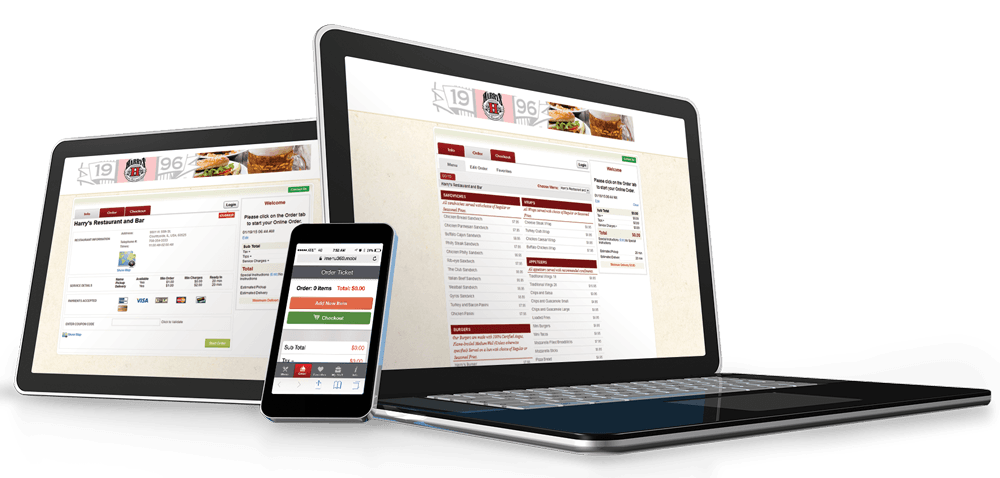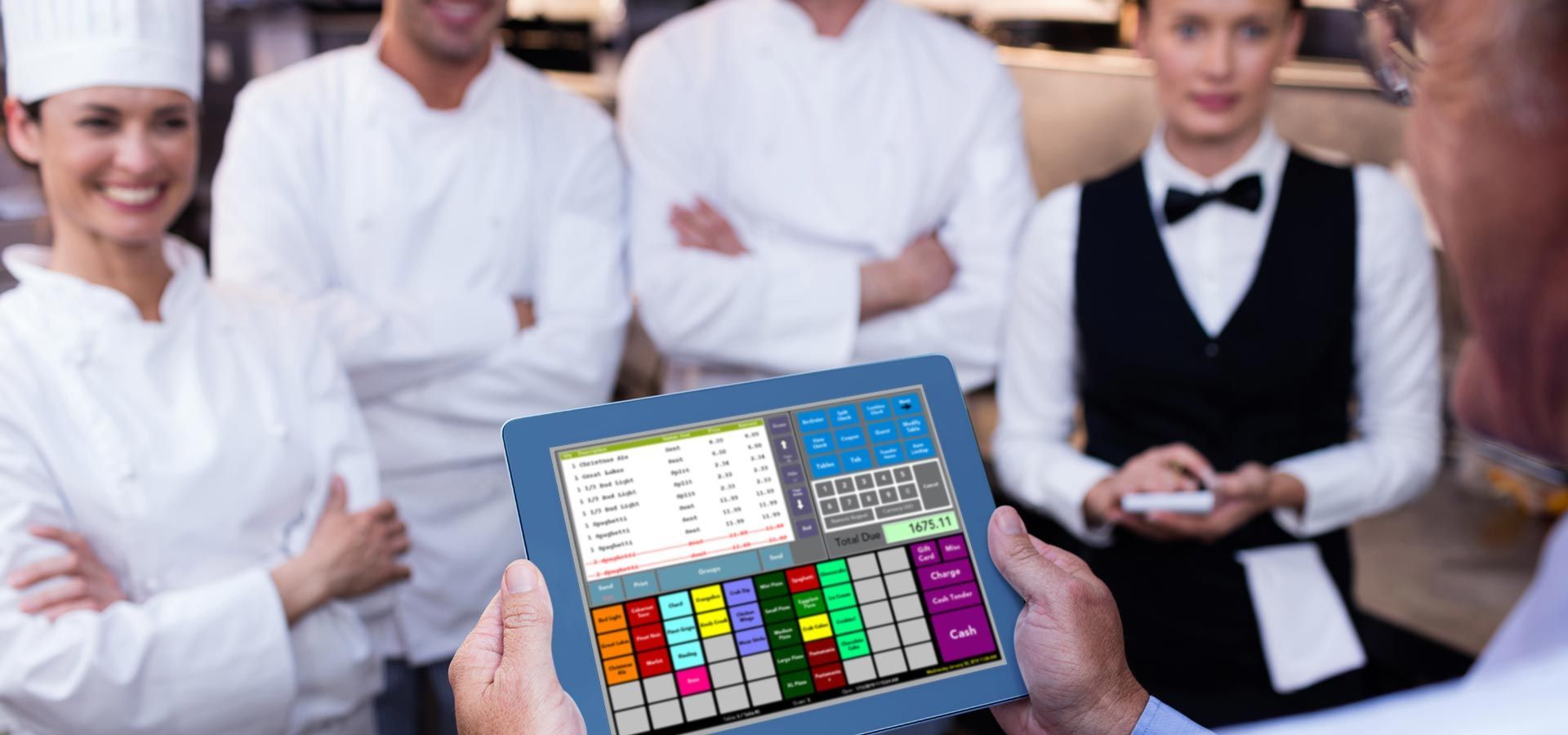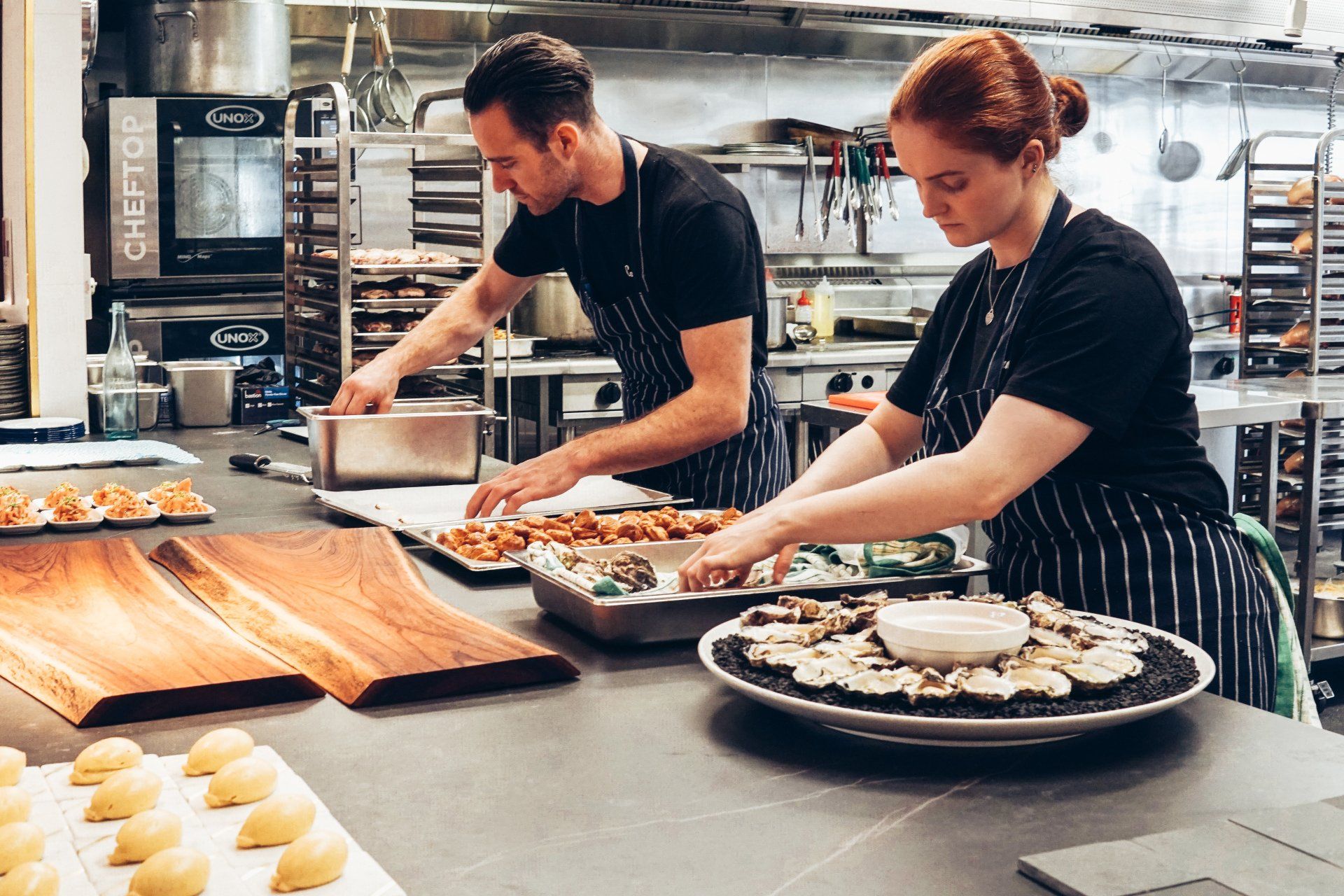Finding Balance Between In-Person and Online Food Service
Many restaurant owners have adapted to the demands of skyrocketing online orders. Have you?
While many restaurants have adopted online ordering solutions and mobile ordering systems, jumped on third-party delivery apps, those that have not adjusted for their customers have struggled to stay afloat.
Yet, with the industry reviving, many bars and restaurants are dealing with the challenge of balancing their still-booming online food service with the return of in-person business.
This post explores the pros and cons of online food service and demonstrates how to find stability in the demands your restaurant faces.
Pros to Online Ordering
Online ordering is appealing to customers, as it provides a safe and convenient way to get food. While third-party delivery apps were initially created to target the millennial demographic, COVID has shifted the landscape. Now, the user base goes beyond millennials to include elderly people, large families, and anyone else who appreciates more efficiency in their lives.
Of course, pandemic restrictions also played a significant role in the popularity of delivery apps. Online ordering has helped customers preserve their health and safety, as it greatly limits the need for person-to-person contact.
In addition to safety and convenience, online ordering allows customers to discover new restaurants they may not have found otherwise. Instead of sticking to the same few choices in their neighborhoods, delivery apps provide customers with a broader and more diverse selection to choose from.
In this way, a third-party app may serve as a promotional platform, attracting more business and ensuring a restaurant stays relevant to the community. As a result, new customers (and their referrals) help to increase profit margins with minimal overhead.
If giving away part of your profits to a third-party delivery app isn't appealing to you, consider your options for online ordering solutions and web ordering systems.
Cons to Online Ordering
While online ordering certainly has its place in the market, it does not replace the experience of dining at a restaurant. Some customers prefer dining in, as there is no concern about longer wait times due to weather, traffic, and other external factors.
Many customers also miss the atmosphere of eating out at a restaurant. In fact, there has been an increase in customers dining out since 2020, with 60 percent of respondents stating that they're comfortable eating at a restaurant (Restaurant Dive, 2021).
For bars and restaurants, using third-party delivery apps can increase reach and attract more customers. However, covering the fees and surcharges associated with platforms like DoorDash, Grubhub, or Uber Eats can cut into a business’s bottom line. While these apps have helped restaurants stay open throughout the pandemic, many are beginning to seek affordable online ordering solutions and mobile ordering systems as the industry begins to reopen.
Handling In-Person and Online Services
With changing demands in the restaurant industry, it's evident that online ordering will remain a popular choice for customers. In fact, statistics show that (Upserve, 2021):
- 60% of U.S. customers order delivery once a week.
- 63% of consumers find ordering online to be more convenient than dining out.
- 87% of Americans feel that delivery apps make their lives easier.
Therefore, for a restaurant to thrive, it's essential to cater to the customer's needs.
However, for some restaurants, third-party delivery apps may not be the ideal choice. Approximately 43 percent of restaurant owners believe that third-party apps interfere with the restaurant's relationship with the customer, while 70 percent of consumers prefer to order directly from a restaurant instead of ordering through a delivery app (Upserve, 2021).
It’s clear that delivery apps are missing the mark by eliminating the familiar and personal interactions between a restaurant and its customers.
Fortunately, a Point-of-Sale (POS) system provides bars and restaurants with an alternative solution to third-party delivery apps. A POS system allows dining establishments the freedom to establish a direct online ordering system with their customers and deliver a personalized experience with discounts and reward programs sent straight to your visitor's inboxes. Any restaurant looking to enhance in-house online ordering will benefit from a robust POS system.
What’s Your Recipe for Success?
Still, running your business as an online-only establishment may not be the answer to your restaurant's success — particularly as more consumers want to dine out. Instead, offering both in-person and online services will allow you to expand your revenue streams and target two sides of the market.
If restaurant health and safety are a concern, you can create an environment that makes your customers and workers feel comfortable. For instance, your business can provide QR codes for menus, outdoor dining, spacious dining options, and complimentary hand sanitizer.
If you want to cater to customer convenience, consider offering pay-at-table options to reduce order errors, give staff more time to attend to customers, and simplify the paying process when you're short-staffed. You can also establish a safe environment by requiring your workers to wear masks and ensuring that your kitchen staff is adhering to the sanitary requirements.
Managing a restaurant or bar during a pandemic is no simple task, especially with all of the adjustments that restaurant owners have adopted. However, by providing in-person and online ordering options, you allow your restaurant to be seen by new customers and extend your revenue options.
Whether you decide to utilize a delivery app or a POS system, choosing to provide online ordering services may be in your restaurant's best interest.




